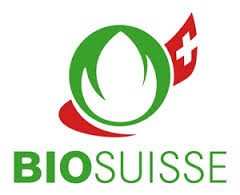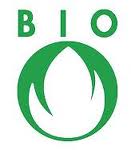Labels: Sweden - KRAV
“organic”
- The product contains at least 95% organic raw materials of agricultural origin.
“contains KRAV-certified XX” / ”XX is from KRAV-certified production”
- KRAV-certified ingredients and the % by weight must be clearly presented.
Can only show in the list of ingredients which ingredients are KRAV-certified
- Product contains less than 95% EU-organic and KRAV-certified ingredients.
"GMO-free" or equivalent
- Cannot be used when labeling or marketing KRAV-certified products.
Labeling Regulations in the European Council Regulations on Organic Production:
"EU agriculture"
- The agricultural raw material has been produced within the EU.
"non-EU agriculture"
- The agricultural raw material has been produced in countries outside the EU.
"EU/non-EU agriculture"
- The agricultural raw materials have been produced within the EU and part in a country outside the EU.
- "EU" or "non-EU" can be replaced with a specific country when all the agricultural raw materials that the product is composed of have been produced in that country.
The certification body must be specified by one of the following methods:
- For products that are produced, packed or labeled in Sweden with the basic label, the code of the certification body must be given.
- For products that are manufactured, packed or labeled outside Sweden and are labeled with the basic label, the code of the certification body that certified the last manufacturing step as well as the name of the KRAV certification body must be given.
- The name of the certification body must be given for products from production certified according to the standard.
What is of KRAV organic origin and what is of EU organic origin must be indicated in the list ingredients.



